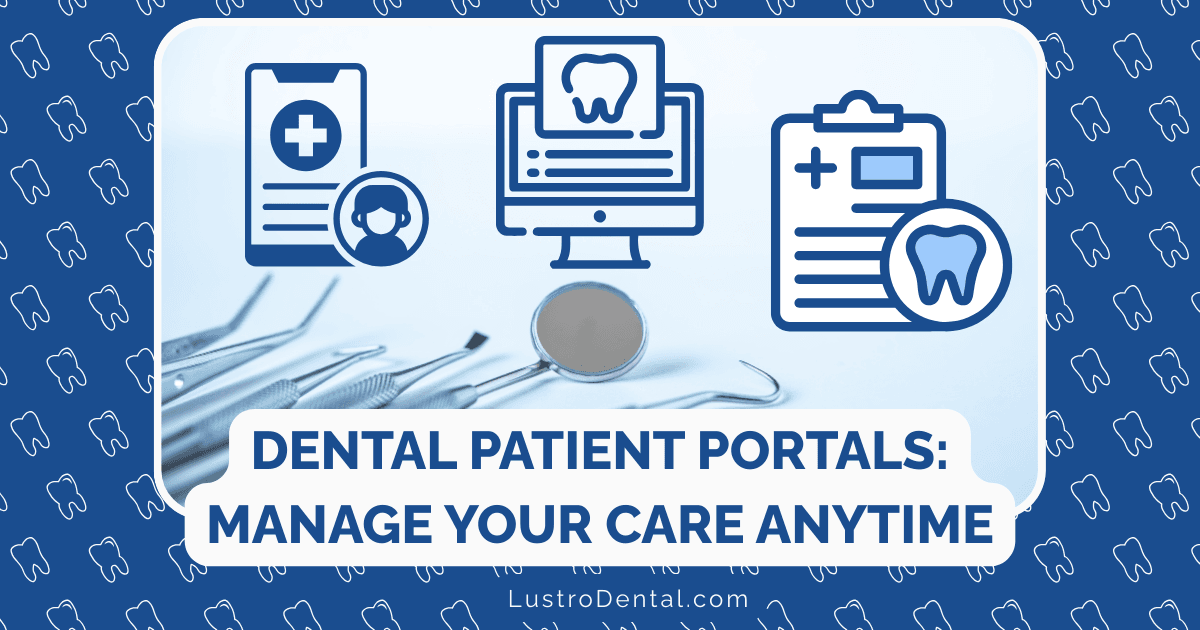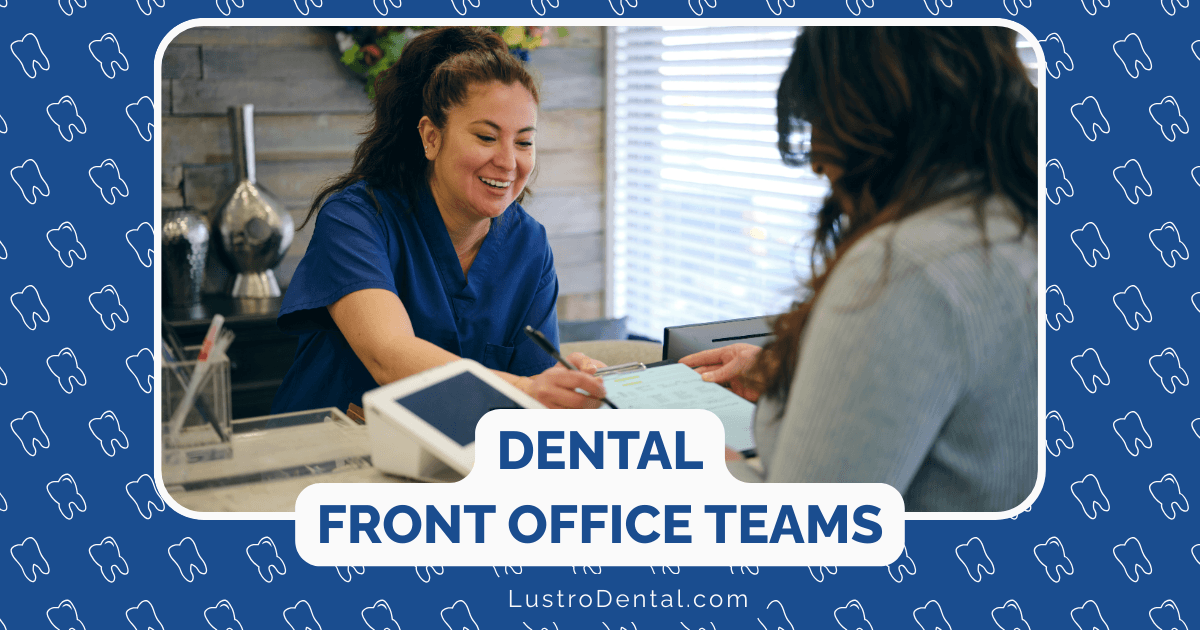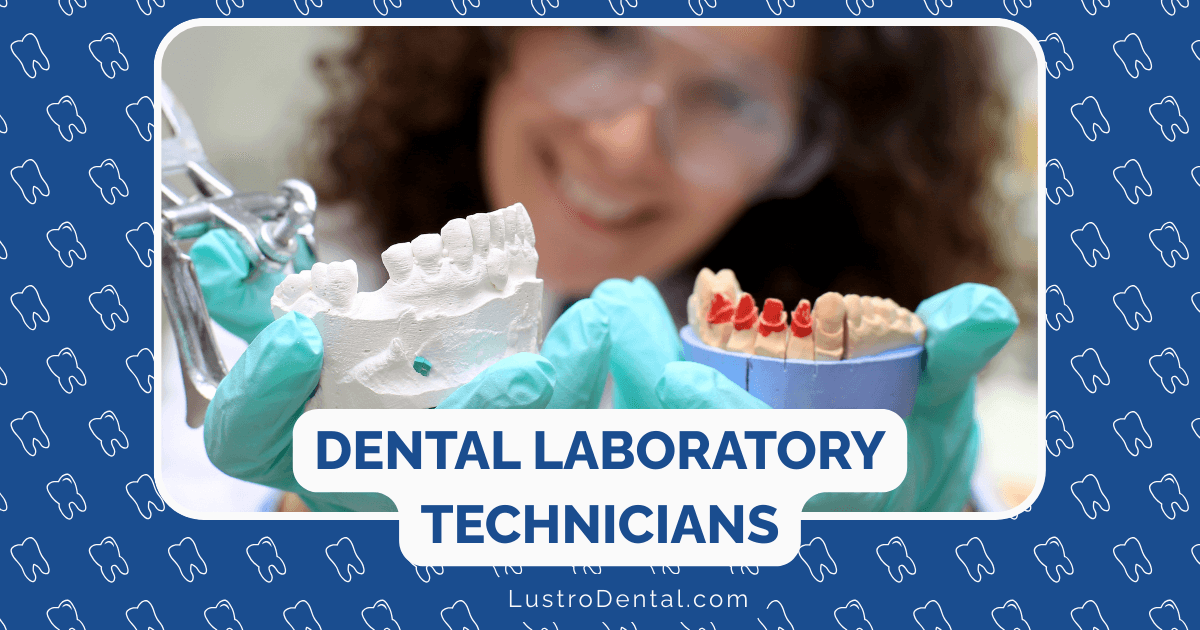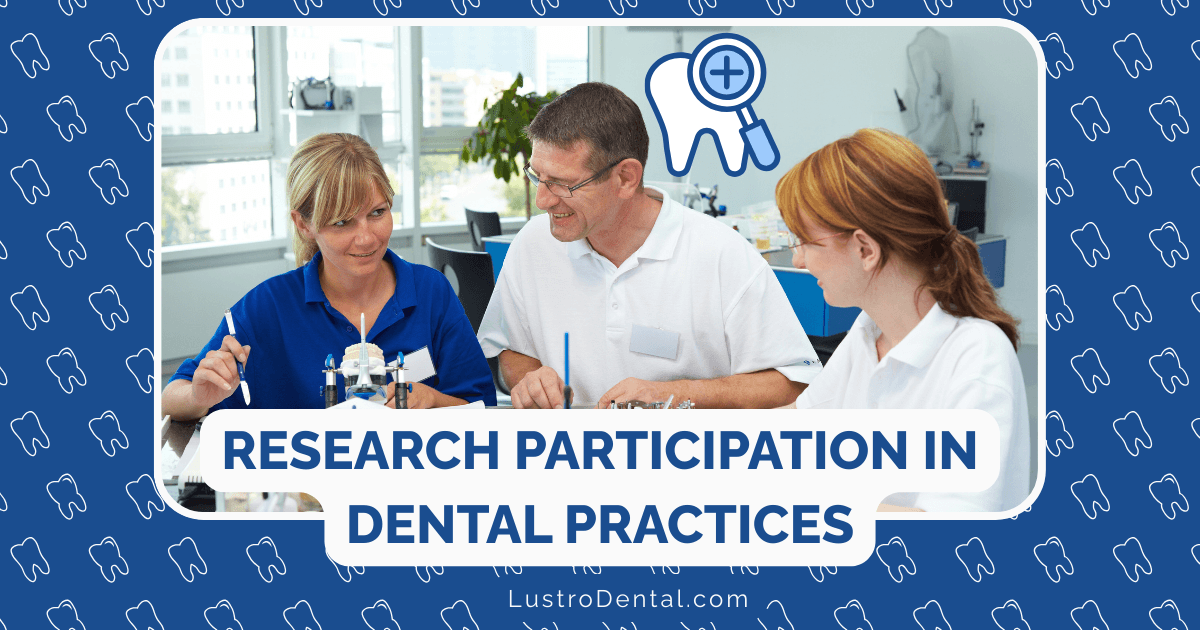Patient Portals: Managing Your Dental Care Online

Remember when managing your dental care meant calling during office hours, waiting on hold, and digging through file cabinets for old records? Those days are rapidly disappearing thanks to dental patient portals—secure online platforms that are revolutionizing how we interact with our dental care providers.
Today, more than 90% of healthcare organizations offer some form of patient portal, according to the Office of the National Coordinator for Health Information Technology. Dental practices are increasingly joining this digital revolution, empowering patients with 24/7 access to their oral health information and services.
Let’s explore how these powerful tools work, the benefits they offer, and how you can make the most of them for better dental health management.
What Is a Dental Patient Portal?
A dental patient portal is a secure online platform that gives you direct access to your dental information and services. Think of it as your personal dental command center, accessible from your computer, tablet, or smartphone.
Dr. Sarah Chen, a digital health expert at the American Dental Association, explains: “Patient portals bridge the gap between dental visits, allowing patients to become active participants in their oral healthcare rather than passive recipients.”
These portals typically connect directly to your dental practice’s electronic health record system, ensuring the information you see is accurate, up-to-date, and secure.
Key Features of Modern Dental Patient Portals
1. Appointment Management
Gone are the days of playing phone tag with the receptionist. Modern dental portals allow you to:
- View available appointment slots in real-time
- Schedule new appointments at your convenience
- Receive automated appointment reminders
- Reschedule or cancel appointments when needed
According to a study published in the Journal of Medical Internet Research, practices that offer online scheduling see up to a 30% reduction in no-show rates and fill 40% of same-day cancellations.
2. Access to Dental Records
Your complete dental history is at your fingertips, including:
- Treatment history and dental procedures
- X-rays and intraoral images
- Treatment plans and recommendations
- Dental charts and periodontal measurements
This access isn’t just convenient—it’s empowering. Research from the Journal of Dental Research shows that patients who actively engage with their health records demonstrate better adherence to treatment plans and preventive care recommendations.
3. Secure Messaging
Need to ask a quick question about post-treatment care? Wondering if that sensitivity warrants an appointment? Secure messaging features allow you to:
- Communicate directly with your dental team
- Ask non-emergency questions
- Request clarification on treatment plans
- Receive responses typically within 24-48 hours
Dr. James Wilson, a practicing dentist in Boston, notes: “The secure messaging feature has transformed our practice. Patients can ask questions when they arise, rather than either calling repeatedly or, worse, waiting until their next appointment when the issue may have worsened.”
4. Online Bill Payment and Insurance Management
Financial management becomes significantly easier with features like:
- Viewing current account balances
- Making secure online payments
- Accessing and downloading statements and receipts
- Reviewing insurance claim status
- Setting up payment plans
The California Dental Association reports that practices implementing online payment systems through patient portals see up to a 20% improvement in collection rates and significantly reduced billing-related phone calls.
5. Digital Forms and Consents
Say goodbye to clipboard paperwork with:
- Pre-appointment questionnaires you can complete at home
- Medical history updates
- Digital consent forms
- HIPAA acknowledgments
- Custom forms for specific procedures
This paperless approach isn’t just convenient—it’s more accurate. A study in the American Journal of Dental Practice Management found that digital form completion results in 35% fewer errors compared to handwritten forms.
6. Prescription Management
Many advanced portals now offer:
- Viewing current prescriptions
- Requesting prescription renewals
- Accessing medication history
- Receiving notifications when prescriptions are ready
7. Virtual Consultation Options
The newest generation of dental patient portals incorporates teledentistry features:
- Video consultations for certain types of appointments
- Secure image uploads for quick assessments
- Virtual second opinions
- Post-operative check-ins
According to the American Teledentistry Association, virtual consultations can address up to 60% of non-emergency dental concerns without requiring an in-office visit.
Benefits of Using Dental Patient Portals
For Patients
1. Convenience and Accessibility
Access your dental information anytime, anywhere—whether it’s 2 PM or 2 AM. This 24/7 availability is particularly valuable for:
- Busy professionals who can’t make calls during work hours
- Parents juggling multiple schedules
- Individuals with mobility challenges
- Those who prefer digital communication
2. Improved Health Literacy and Engagement
When you can easily access and review your dental information, you’re more likely to understand your oral health status and needed treatments. The Office of Disease Prevention and Health Promotion reports that improved health literacy leads to better health outcomes and reduced healthcare costs.
3. Reduced Anxiety
For many patients, dental anxiety is real. Patient portals can help reduce stress by:
- Allowing familiarization with procedures before appointments
- Providing clear information about what to expect
- Offering a less intimidating way to ask questions
- Reducing uncertainty about costs and insurance
4. Continuity of Care
If you move or change dental providers, having access to your complete dental history makes transitions smoother. You can download records and share them with your new provider, ensuring continuity of care.
For Dental Practices
While the focus of this article is patient benefits, it’s worth noting that dental practices also see significant advantages, including:
- Reduced administrative burden and phone traffic
- Fewer missed appointments
- Improved collection rates
- Enhanced patient satisfaction and loyalty
- More efficient communication
These practice benefits ultimately translate to better patient care and potentially lower costs.
Security and Privacy Considerations
With the convenience of online access comes the responsibility of ensuring data security. Reputable dental patient portals employ multiple layers of protection:
HIPAA Compliance
The Health Insurance Portability and Accountability Act (HIPAA) sets strict standards for protecting patient information. Legitimate dental portals must be HIPAA-compliant, including:
- Encryption of all data in transit and at rest
- Secure authentication protocols
- Audit trails of all access
- Data breach notification procedures
User Authentication
Strong security starts with proper user authentication:
- Unique username and password requirements
- Two-factor authentication options
- Automatic logout after periods of inactivity
- Account lockout after multiple failed login attempts
Patient Responsibilities
As a user, you also play a role in maintaining security:
- Create strong, unique passwords
- Never share your login credentials
- Log out completely after each session
- Use secure networks when accessing your portal
- Report any suspicious activity immediately
How to Get Started with Your Dental Patient Portal
1. Ask Your Dental Provider
If you’re not already using a patient portal, ask your dental office if they offer one. Most practices are eager to have patients engage with their digital platforms.
2. Complete the Registration Process
Typically, you’ll need to:
- Provide your email address to the dental office
- Receive an invitation or activation link
- Create your account with a secure password
- Verify your identity (often through email or text verification)
3. Download the Mobile App (If Available)
Many dental portal providers offer companion mobile apps that make access even more convenient. These apps often include push notifications for appointments, messages, and other updates.
4. Explore Available Features
Take time to familiarize yourself with all the features available. Many patients miss out on valuable functionality simply because they don’t explore the full capabilities of their portal.
5. Set Up Notifications
Configure your notification preferences to ensure you receive important updates about appointments, messages from your dental team, and other critical information.
Overcoming Common Challenges
Limited Technical Skills
If you’re not tech-savvy, don’t worry. Most dental portals are designed with user-friendliness in mind. Additionally:
- Many dental offices offer brief tutorials during check-in
- Look for “Help” or “FAQ” sections within the portal
- Ask a family member for assistance with initial setup
- Request guidance from the dental office staff
Connectivity Issues
For patients with limited internet access:
- Many portals offer mobile-friendly versions that use minimal data
- Public libraries typically offer free internet access
- Some dental offices provide in-office kiosks for portal access
- Basic functions may be available via text messaging systems
Language Barriers
Increasingly, portals are offering:
- Multi-language support
- Translation features
- Simplified interfaces with universal icons
The Future of Dental Patient Portals
The technology continues to evolve rapidly. Here’s what experts predict we’ll see in the coming years:
Integration with Wearable Technology
Future portals may connect with smart toothbrushes and other oral health monitoring devices to provide real-time feedback and personalized recommendations.
AI-Powered Insights
Artificial intelligence algorithms may analyze your dental history to identify patterns and provide preventive care suggestions before problems develop.
Enhanced Virtual Care
The American Dental Association predicts that teledentistry will continue to expand, with more sophisticated remote monitoring and virtual consultation options integrated directly into patient portals.
Interoperability
Future systems will likely offer seamless integration between your dental records and other medical records, providing a more comprehensive view of your overall health.
The Bottom Line
Dental patient portals represent a significant advancement in how we manage our oral healthcare. By providing convenient access to records, appointments, and communication tools, these secure platforms empower patients to take a more active role in their dental health.
As Dr. Michael Roberts of the Digital Dentistry Society puts it: “The patient portal isn’t just a convenience—it’s a paradigm shift in the dentist-patient relationship, transforming patients from passive recipients of care to engaged partners in their oral health journey.”
Whether you’re a digital native or just beginning to explore online healthcare management, dental patient portals offer valuable tools that can save time, reduce stress, and ultimately contribute to better oral health outcomes.
Have you used a dental patient portal? Share your experience in the comments below. What features have you found most useful?







